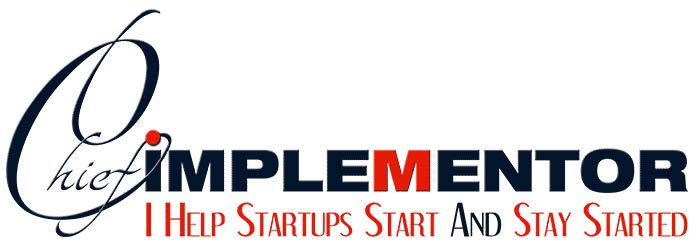Integrated Project Delivery – Total Team Collaboration
What is Integrated Project Delivery (IPD) and how does it contribute to total team collaboration? Think what it would be like if key stakeholders on capital projects got together to proactively plan issues in advance, equally sharing risks and rewards for success. Having all the parties involved from project conception can be the difference between project delays that cause a budget nightmare or a smooth, timely venture that stays on task and can even save money.
Why Integrated Project Delivery?
This process uses the insights and talents of the capital project team to process design and construction issues in a collaborative way. The three key project stakeholders, usually the owner, contractor and architect/engineer, are legally connected through a joint contract, becoming joined-at-the-hip, for better or for worse. In this way, each party has a truly vested interest in the performance of the other parties. This new business practice is leading a new wave of sustainable project delivery by avoiding missed communications and misunderstandings that have long marked the industry.
How Does IPD Work?
Using the IPD project delivery method, all parties involved on a project are assembled as early as possible, before anything is designed, to provide their collective expertise to the development of a project. To incentivize the different entities, contracts are established upfront with shared risks and shared rewards, with the understanding that all parties are working together for the good of the project.
This type of integrated project uses innovative business models to support collaboration and efficiency. All project team members must agree to basic principles of collaboration in order to succeed.
Most importantly, there must be a high level of mutual trust, with respect, open communication, understood mutual benefits and project-focused goals. To strengthen these elements, the key stakeholders need to have straightforward conversations about project issues and share their experience and knowledge to proactively steer desired, positive outcomes. These discussions bring clarity of management decisions, purpose and team cooperation to build trust from the inception of the project.
Transparent information sharing is extremely important for seamless collaboration to occur. One tool that is frequently used is Building Information Modeling (BIM). BIM is a digital representation of physical and functional characteristics of a built project. It serves as a resource of shared knowledge and forms the shared basis for decisions during its lifecycle, from project inception through operation. In addition, programs and tools that help to transparently distribute, mark-up and manage project drawings and documents can be extremely useful to share the same information at the same time.
Most important, however, is the need for reliable and proactive leadership from all key parties that looks for win-win solutions and seeks to understand underlying interests, needs, and positions.
How Does IPD Manage Risk?
For IPD to work, risks should be equitably allocated between the collective parties and balanced with rewards. IPD turns the standard contracting language around through a blending of “transactional” and “relational” contracting.
A “transactional” contract is simply where exchanges are made for goods and services. The structure of a typical transactional design or construction contract can have hidden “costs” by inhibiting coordination, stifling cooperation and innovation, and rewarding individuals for reserving good ideas and optimizing their performance at the expense of others. In contrast, “relational” contracting aligns project objectives with the interests of the key project parties.
By blending both transactional and relational contracts, the parties externally enter a classic transactional contract with the client, some suppliers, and internally, members are bound by a relational contract that is described in a “pact.” By binding the parties together in a partnership for the duration of the project the pact minimizes the hidden costs of transactional contracts.
What Do the Results Look Like?
By collaboratively aligning the team, the project excels through minimizing waste, loss of time and poorly utilized resources. The effectiveness of all the design and construction phases is markedly improved. The integrated team process produces lean logistics, shorter time schedules and better management. Projects are improved from the beginning and green design ideas are better understood within the whole team. The projected results of integrated project delivery are a higher quality project for a lower cost.
Keys to Success
The key to a successful project that uses the Integrated Project Delivery method is to assemble a team that is committed to building trust and using collaborative processes to work together effectively. Thus, the essential skills of leadership and communication are essential. While these skills can be taught, because of the very nature of this process, these skills must be carefully evaluated and selected at the outset. Project stakeholders must be particularly fastidious to consider not just a company’s or individual’s resume, but also call references to get the “real scoop.” With IPD, one bad apple may not just destroy a project, but the entire project team!
The idea for the Leadership in Capital Projects (LinCP (pronounced, “link-up”) Forum was conceived by Carol Warkoczewski in early 2008 as she contemplated the question, “What would it look like if the three key stakeholder constituents involved in capital projects got together to talk about contemporary design and construction issues in a collaborative way?” For more creative and informative capital projects solutions, contact Carol at Tel: (512) 263-5521 Mobile: (512) 914-1201 http://www.synergybuilders.com and http://www.LinCP.com
Related Integrated Marketing Communications Plan,Blog Articles


